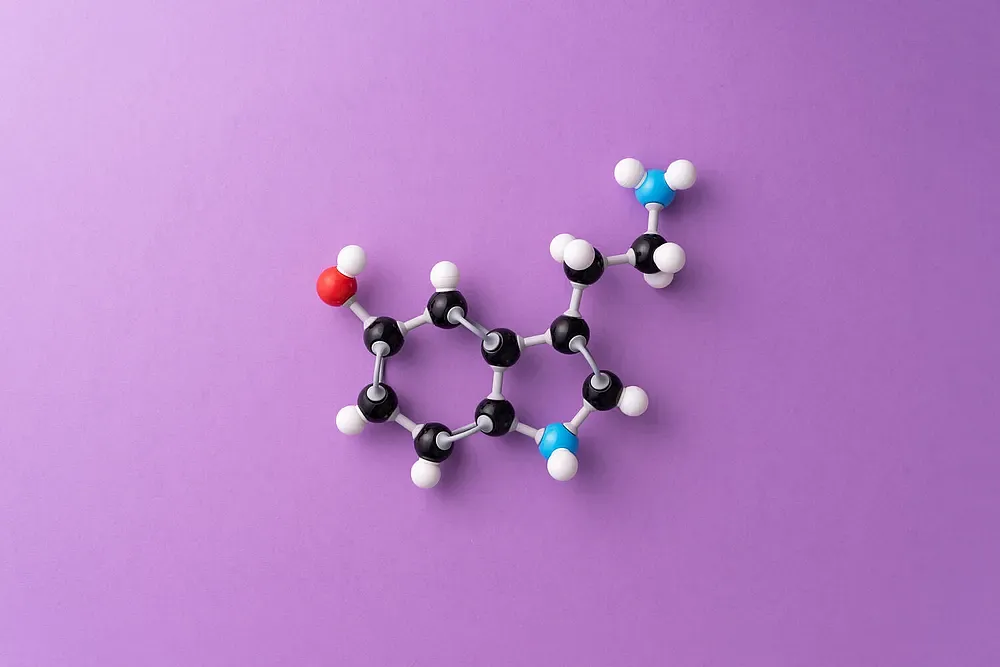Many experts say that to experience love at first sight, certain predispositions must be present, the first one being, availability. To be in the line of sight of love at first sight, one must be in a good frame of mind and be receptive to it. People who are preoccupied are less likely to be open to this phenomenon.
The second is the awakening of an imprint, without which the infamous love hormones could not be released. It is necessary that the new person we meet revives a particular imprint in our brain, such as a pleasant memory, a familiar feeling of a past experience or strong images associated with pleasure.
It is on this occasion that the body begins to secrete (especially in the armpits) pheromones, odorless and colorless molecules which, once in the air, penetrate each other’s nostrils. They then reach the hypothalamus, the area of the brain partially responsible for sexual attraction. These pheromones act as real warning signals intended to stimulate desire in the partner. If the person is sensitive to this chemical manifestation, some 250 hormones and neurotransmitters are activated in their brain.
Everyone's adrenaline level increases, producing several effects such as an increase in heart rate, blood pressure and breathing. The same goes for the dilation of blood vessels, which causes the face to blush. The rush of hormones does not stop there! An individual’s senses increase tenfold when struck by love at first sight and will therefore remember the smallest details of the encounter. Since this influx of neurotransmitters affects speech production, mumbling is common. Let's just say that an overflow of emotion does not make us particularly articulate nor eloquent.
Besides adrenaline, two other hormones come into play: serotonin, which is responsible for stabilizing emotions, drops considerably, causing us to momentarily lose our proper judgment. Dopamine, the pleasure hormone, increases dramatically to give us a strong feeling of well-being.
This euphoric effect created by all these hormones can last for a few weeks or even a few years.
The aftermath of love at first sight
While it is true that this molecular cocktail is powerful and uncontrollable, scientific studies have shown that the level of pheromones decreases after six months, and its traces are non-existent after four years.
This is when oxytocin, the attachment hormone, comes into play, secreted gently as the couple shares good moments together on a daily basis. It transforms this unfounded passion into a deep and lasting love that rests on a more serene foundation.
However, if the winning conditions have not been met to offer a favourable ground for the secretion of the attachment hormone (oxytocin), when the hormone disappears, the effect will be felt by the lovebirds, and thus, the awakening may be brutal.
Therefore, do not look for love at first sight at all costs because it is unpredictable and only responds to its own patterns. Not to mention that after some time, it will irretrievably fade away by itself. You will have to make an effort to keep your love strong and abiding. Sorry to disappoint you, love at first sight is not the work of Cupid!








